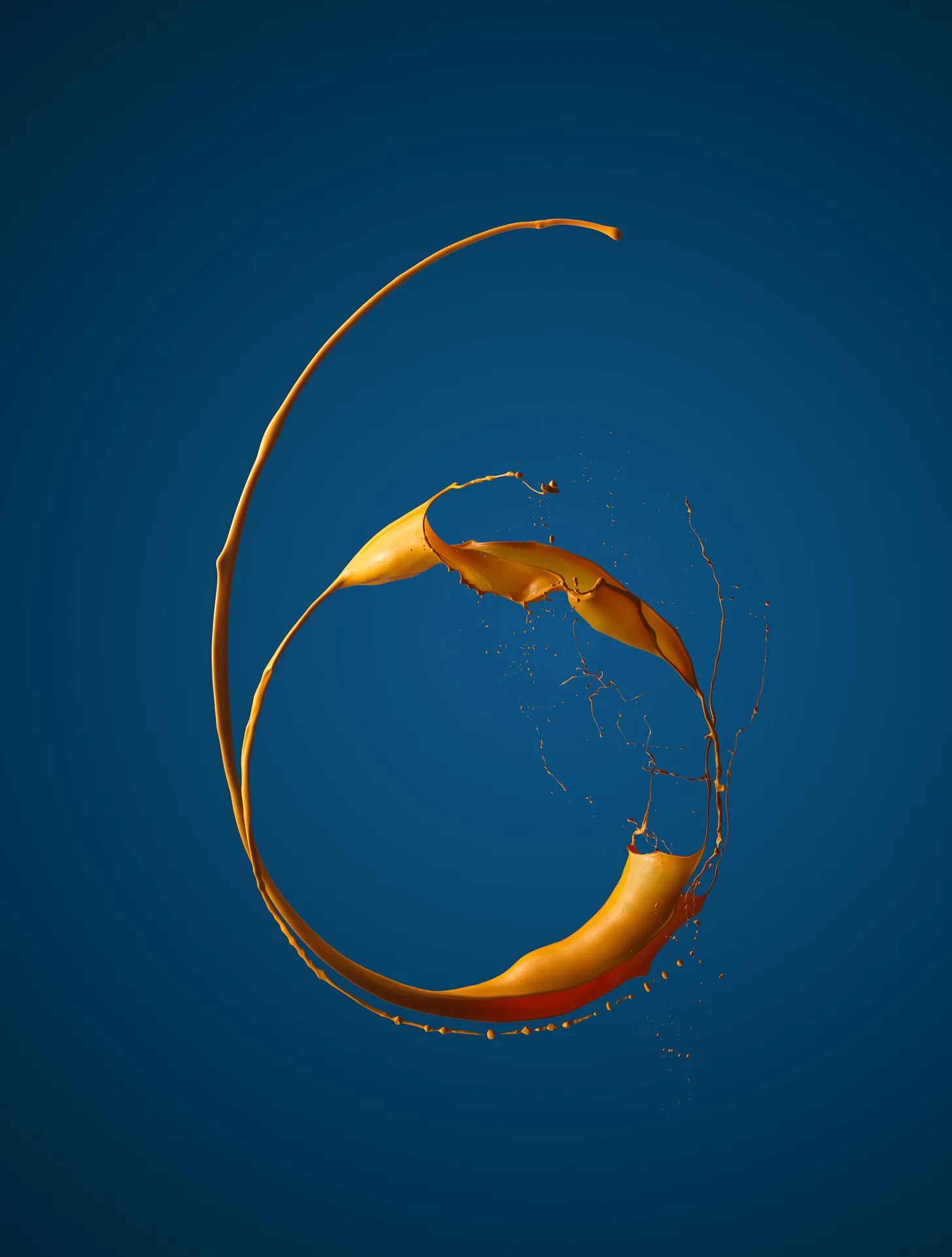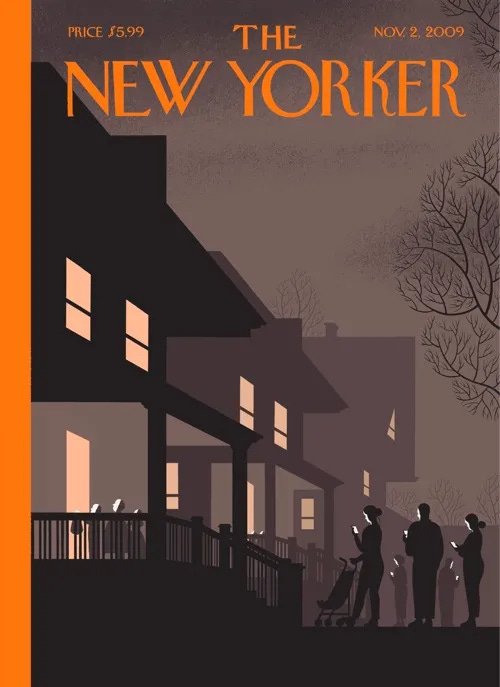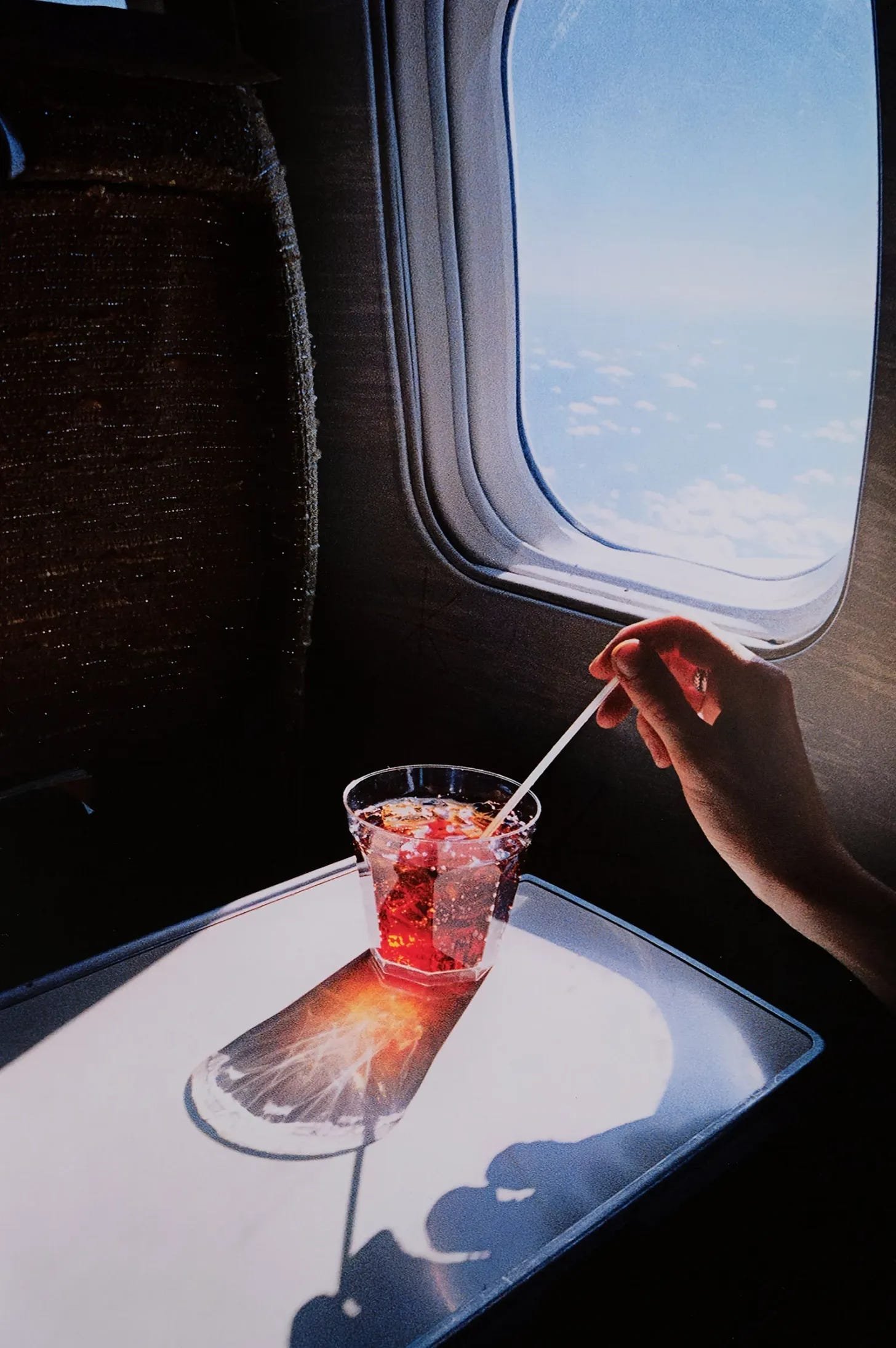Attention.
Photography by Karl Taylor
A definition of success is the freedom to spend time in ways that gives one joy.
Joy is more than happiness which is often transitory as it ebbs and flows with external events.
The joy that comes with deep satisfaction and contentment however endures and its contours do not waver with the oscillations of the transient.
Experience, time, and observation reveals there are ways to architect joy.
To be free to use your time to pay attention to what matters and what matters to you.
Or as the late David Foster Wallace said in his mind shifting talk This is Water:
“The important kind of freedom involves attention and awareness and discipline and being able truly to care about other people and to sacrifice for them over and over in myriad petty, unsexy ways every day. That is real freedom. That is being educated and understanding how to think. The alternative is unconsciousness, the default setting, the rat race, the constant gnawing sense of having had, and lost, some infinite thing.”
Every day there are more and more things that vie for our attention. This has been true long before algorithmic social media or soon the customized cuddle puddles of applied statistics ( also known as AI) transforming code to vie for our attention.
In “Things of the World” the poet Kay Ryan writes:
“Wherever the eye lingers
it finds a hunger.
The things of the world
want us for dinner.
Inside each pebble or leaf
or puddle is a hook.
The appetites of the world
compete to catch a look.”
Above is a cover illustrated by the cartoonist Chris Ware from nearly 15 years ago for the New Yorker described by Francoise Mouly, the Art Editor of the New Yorker.
“Chris aims at pinning the butterflies of our most basic and universal emotions. His beat is daily life: how we relate or fail to relate to each other. For a Halloween cover, Ware stayed away from the usual Halloween signifiers of kids in costumes, pumpkins and straw, colorful candy. He condensed the Halloween narrative into the upturned faces of the children as they knock on a door-and behind them on a street, the parents faces turned downwards towards their phones. Both are slivers of white masks, the parents faces illuminated by the light of the phones. The eager young excitement and the jaded boredom exist in perfect contrast…”
Photography by Gary Winogrand
The Garry Winogrand Way of Seeing
Garry Winogrand who died in 1984 was the first digital photographer decades before digital in that he was not constrained by the scarcity of film and took over a million pictures. He combined a disinterest in technique with an obsessive devotion to shooting on the street all day, every day.
Garry was most alive when he was outside of himself which was when he was behind a camera lens. He once said “I get totally out of myself. It’s the closest I come to not existing, I think, which is the best – which is to me attractive.”
To him seeing was key:
“Sometimes I feel like … the world is a place I bought a ticket to,” Winogrand once said. “It’s a big show for me, as if it wouldn’t happen if I wasn’t there with a camera.”
“When I’m photographing, I see life.”
Garry Winogrand suggests to see better we need to look more often, look with different perspectives and look where others do not.
Photography by William Eggleston
Experience, time, and observation reveals there are ways to architect joy.
What makes the ordinary and every day extra-ordinary is that one day it will not be so.
There will be a last day a child will crawl. A last day you will see someone. A last day you will visit a place or drive a car or go to a restaurant. Sometimes we know the last times and often we do not. When we are aware of the last times, we have a higher sense of attention and a sensitivity to the specialness and the passing of the moment.
But these last times come every week and sometimes every day.
The ordinary becomes extra-ordinary when we pay attention, and we find poetry in the crevices of every day.
As some of you may have noticed, a couple of weeks ago, I offered a FREE spot at the Quilt AI event in NYC on Sep 06, 2023. My post received an overwhelming number of requests which far exceeded the slots I had. I spoke to the Quilt AI team (am on the Board) and have received a few more FREE slots. And all attendees will receive an autographed copy of my book.
Titled the “AI-volution of Culture”, it is structured as a day of blending AI and Culture (or math and meaning, as I like to call it) to drive better marketing.
This is the link for registering for the event: Culture eats AI
Please use the free code: rishadxquilt
Speakers in addition to me include:
Gillian Tett, Chair of the Editorial Board, Financial Times
Jeremiah Lowin, the CEO of Prefect and Marvin AI
Deepa Mehta , the Oscar nominated filmmaker
Bhaskar Chakravorti, the Dean of Global Business, Fletcher School, Tufts University
Luke Burgis, Author & Entrepreneur
David McCandless, Journalist and Designer
Katherine Ann Paul, the Curator of Asian Art, Birmingham Museum of Art




